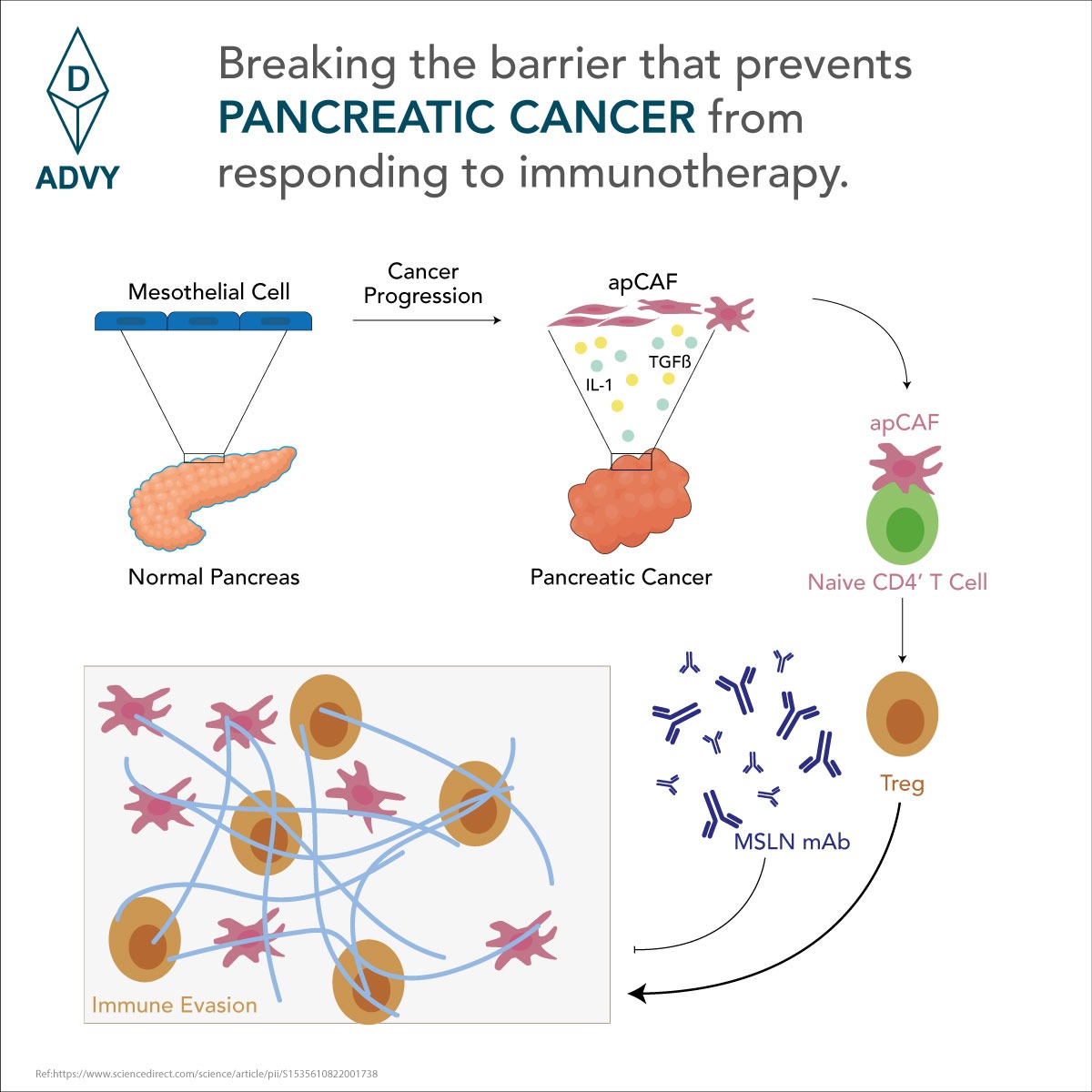Background and aim:
A form of CRISPR widely expected to be safer and possibly more effective that the original has aced its first substantive test. When CRISPR “base editing” was used to knock out two cholesterol-associated genes in monkeys, the animals’ blood levels of heart-disease-causing LDL (“bad”) cholesterol and triglycerides plunged as much as 60% and 65%, respectively, Sekar Kathiresan, co-founder and CEO of Verve Therapeutics, announced on Saturday at the (virtual) meeting of the International Society for Stem Cell Research.
The results, from Verve’s experiments in 14 cynomolgus monkeys (a.k.a. crab-eating macaques), are the first published data showing successful CRISPR base editing in a non-human primate; there have been similar successes in mice. They are therefore good news not only for Verve, which was founded last year to develop CRISPR-based cures for cardiovascular disease, but also for Beam Therapeutics, a two-year-old company developing CRISPR base editors for a long list of diseases. Verve licensed Beam’s “adenine base editor” for its experiment.

“Our goal is to develop a one-and-done genome editing medicine for heart disease,” Kathiresan told STAT ahead of his ISSCR talk.
The base editors targeted one of two genes that both monkeys and people have: PCSK9 and ANGPTL3. In 2006, scientists discovered that one broken copy of PCSK9, a gene that makes an enzyme involved in cholesterol metabolism, causes a 28% reduction in an individual’s mean LDL cholesterol (compared to people with two working copies of the gene) and an 88% reduction in lifetime risk of coronary artery disease. About 1 in 50 people have at least one disabled PCSK9. When ANGPTL3 is disabled, scientists discovered in 2010, triglycerides are also at rock-bottom levels and the lifetime risk of heart attack is reduced by 34%. About 1 in 300 people have a mutation that disables at least one of their copies of ANGPTL3.
Both genes are expressed in the liver, so that’s where Verve’s scientists sent their base editor (enclosed in a lipid nanoparticle). “The idea is to confer, with base editing, the protection that some rare people have naturally,” Kathiresan said.
In the seven macaques that received the PCSK9-targeting CRISPR base editor, via intravenous infusion, blood levels of the PCSK9 protein fell 89%, indicating high editing efficiency. After two weeks, the monkeys’ LDL cholesterol levels had fallen 59%.
In the seven that received the ANGPTL3 base editor, blood levels of the ANGPTL3 protein fell 95%. “We were essentially able to turn off this gene,” Kathiresan said. Those monkeys’ blood triglyceride levels fell 64%, and LDL cholesterol 19%.
The scientists did not examine the animals’ liver cells to see if the base editor hit regions of the genome it wasn’t supposed to. But the Verve scientists observed no serious adverse events in the macaques, and when the base editor was used on human hepatocytes growing in lab dishes, there was no evidence of such off-target editing.
That safety profile supports one of the key advantages of CRISPR base editors over classic CRISPR. Both forms of genome editing use a guide RNA to carry the CRISPR molecule to the intended site on the genome (Kathiresan credits a great guide RNA, chosen from hundreds, for the high levels of gene editing they got in the macaques). But classic CRISPR then cuts the double helix, which can cause random insertions, inversions, and general chaos in the target DNA.
Base editors, in contrast, home in on their target and then, without cutting the double helix, change a single DNA letter. That drastically reduces the risk of genomic chaos.
Beam licensed its PCSK9 and ANGPTL3 base editors to Verve because “we thought they were in a much better position than us to develop this,” said Beam CEO John Evans, given the cardiovascular expertise of Kathiresan and his co-founders. “Otherwise these targets would have been on our list, but I’m not sure when we would have gotten to them. Licensing made a lot of sense to us.”
Joseph Wu of Stanford University, an expert on genome therapy for cardiovascular disease who is not involved with Verve, said the degree of LDL and triglyceride lowering in the macaques “looks good compared to statins.” But because Verve showed only a couple of weeks’ worth of data, he said, “I would be curious to know what the long-term effect is.”
An equally important question is whether the world needs genome editing for high cholesterol, atherosclerosis, and cardiovascular disease, given statins’ low cost and ease of use.
In many people with familial hypercholesterolemia, which affects 1 in 200 to 500 people, “statin-alone treatment is not sufficient to reduce LDL,” said Wu, making this rare population a reasonable target for genome therapy. Unlike the PCSK9-targeting drugs Repatha (from Amgen) and Praluent (Sanofi and Regeneron), which are given by injection every two to four weeks, CRISPR could be a one-time cure, said Beam’s Evans: “You wouldn’t have to treat people forever, which is why payers push back.” The PCSK9 drugs are priced at about $450 per month.
“Genome editing is potentially permanent and thus a one-time therapy, assuming it’s safe and effective,” Wu agreed. “So the lifetime cost possibly can be lower than [the PCSK9 drugs]. It is also more convenient because patients do not need to go to clinic every month or two.”
Verve has dreams beyond people with familial hypercholesterolemia, however. “We really do want to transform how we think about cardiovascular disease,” Kathiresan said. Instead of taking statins for decades — or, more precisely, being prescribed statins, since half of people prescribed cholesterol-lowering medications following a heart attack stop taking them within a year — people who undergo gene therapy would, if all goes well, have the same protection against heart disease as individuals with natural mutations in PCSK9, ANGPTL3, or six other protective genes in Verve’s sights.
The company expects this year to select which of its potential gene therapies to prioritize, with the goal of launching a clinical trial by 2023. “We’re quite confident,” Kathiresan said.
Know more: Infrastructure and Antibodies
Source: Stat News





